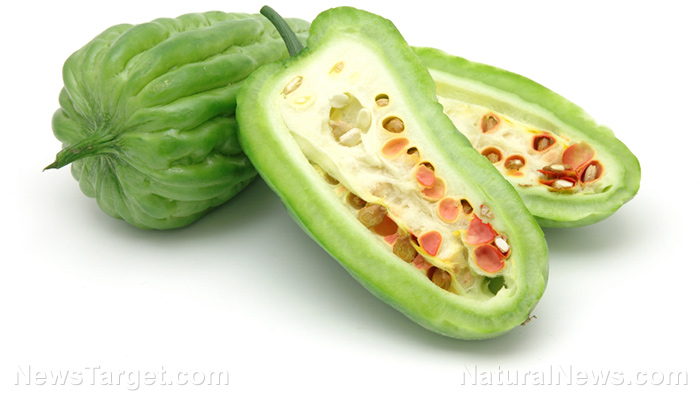
Advertisement
The anti-obesity effects of bitter melon seeds – in particular, its oil extracts – could be linked to changes in density in the hypothalamic spine, that is, the region connecting the hypothalamus and the spinal cord. The study, which was published in the Journal of Nutrition & Intermediary Metabolism, also stated that bitter melon seeds also affect the mammalian target of rapamycin (mTOR) pathway, which plays a role in protein synthesis.
- While many studies discuss the anti-obesity property of bitter melon, there are only a few reports available that look at its effects on the central nervous system (CNS).
- For the study, researchers used Golgi-Cox staining and western blotting assays to look at hypothalamic spine density. In particular, information on NMDA-2B and P-S6 proteins were observed.
- Based on animal studies, mice that were given a high-fat diet showed a reduced density of their hypothalamic spine after researchers fed them with bitter melon seed oil.
- The team also found that bitter melon seed oil can reverse ribosomal protein S6 after phosphorylation, that is, the addition of phosphate to a protein.
- Bitter melon seed oil’s effect on phosphorylation indicates the participation of mTOR signaling in metabolism.
- Response to NMDA-2B levels in mice was already increased, which researchers believe is not an effect of bitter melon seed oil.
Based on the findings, researchers posited that the plasticity of the hypothalamus could help the fat-reducing property of bitter melon seed oil.
Find the full text of the study at this link.
Journal Reference:
Xu Y, Xu L, Chen XT, Sun P, Guo Q, Wang HL. BITTER MELON SEED OIL MAY REDUCE THE ADIPOSITY THROUGH THE HYPOTHALAMUS MTOR SIGNALING IN MICE FED A HIGH FAT DIET. Journal of Nutrition & Intermediary Metabolism. December 2016;6:16–21. DOI: 10.1016/j.jnim.2016.04.003
Advertisements







